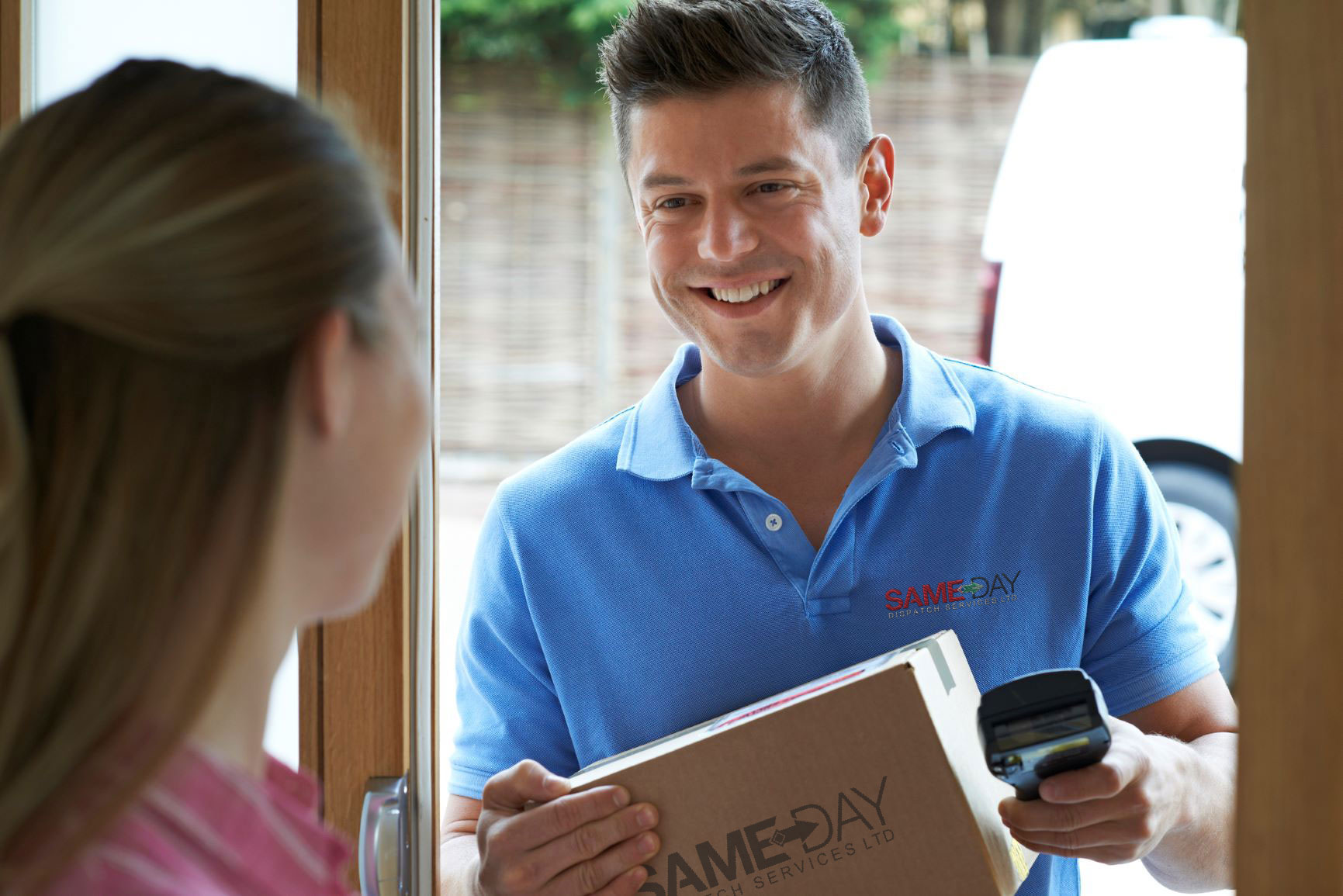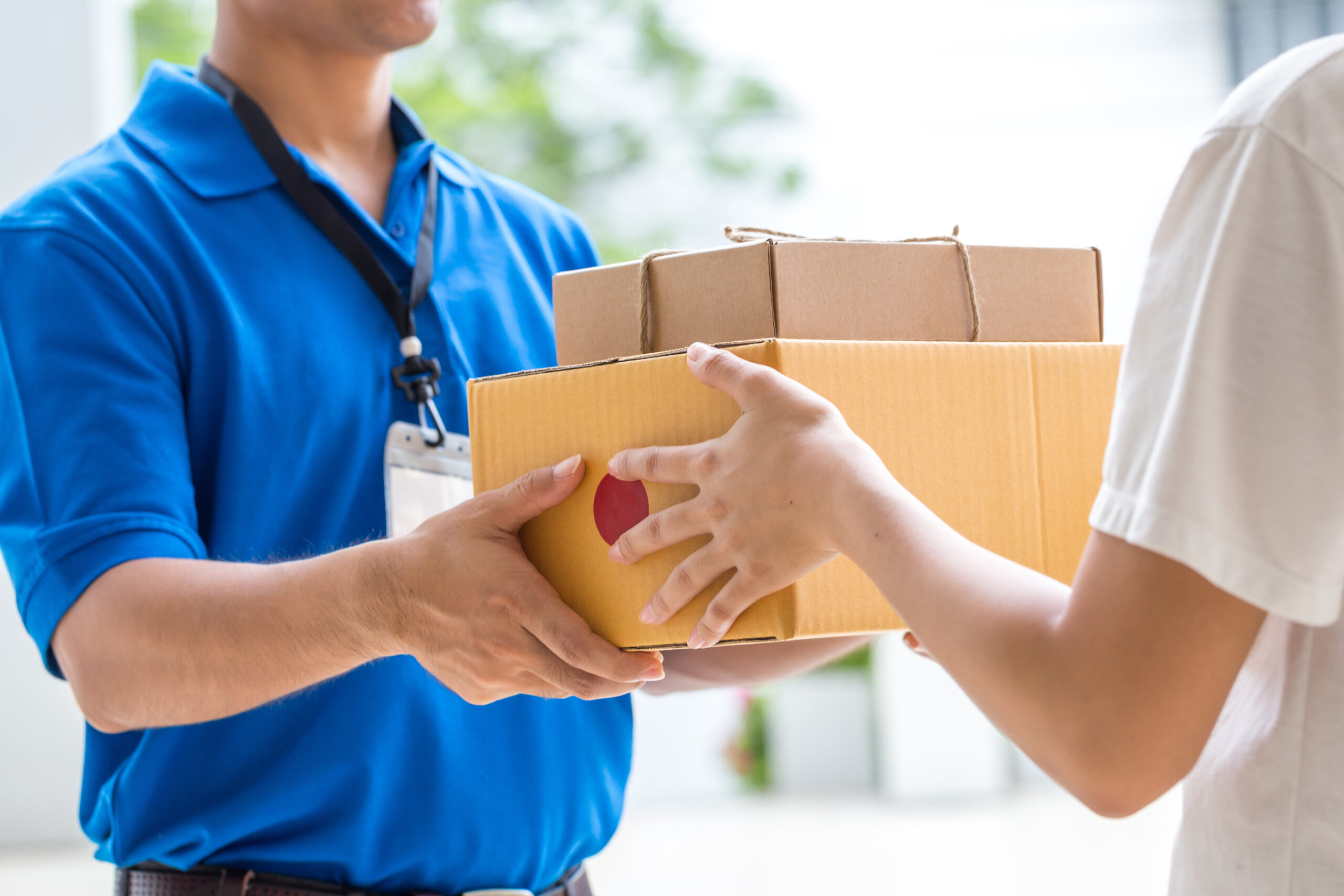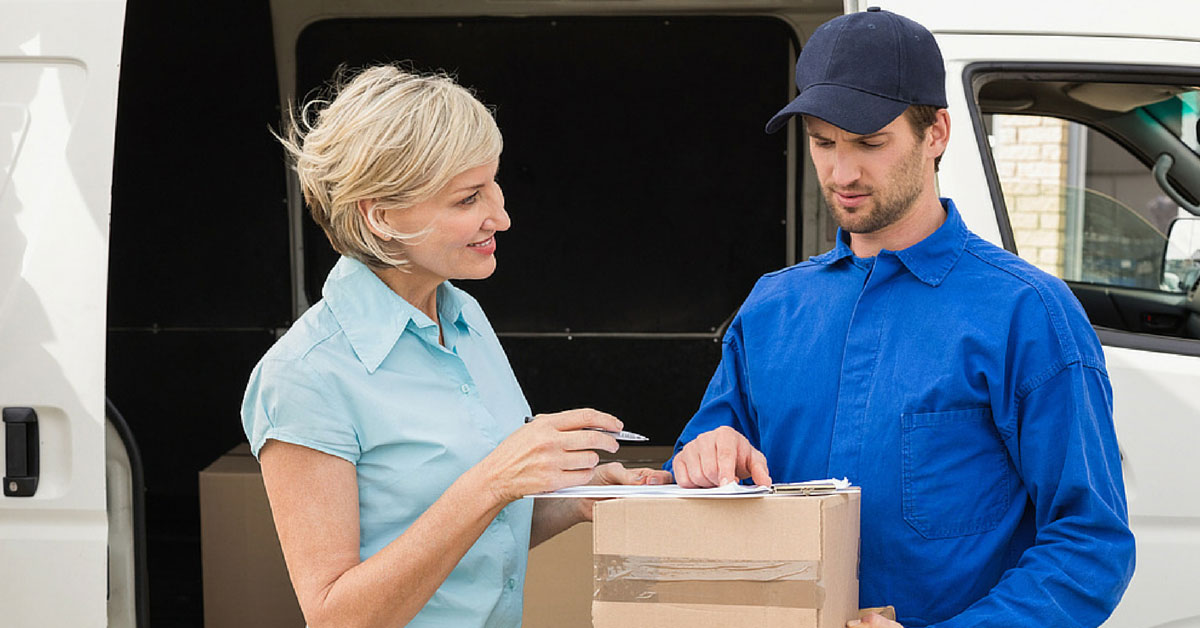Over the past few years, we have noticed an expansion for same-day delivery services with traditional customers requiring it only sometimes since consumer anticipations continue to grow even more about speed and comfort.
With same-day delivery becoming increasingly popular – as consumers want their online purchases and now, dammit! Indeed, Amazon and several other major companies have heavily invested in their same-day delivery networks. According to experts, with more and more customers using the service, this on-demand delivery trend is expected to gain even further speed in the future.
The future of same-day delivery is positive, yet we have four paths – cost reductions and grocery stores to e-commerce-specific logistics infrastructure investments in last mile alternatives for third-party players such as UPS or FedEx to sustainable growth.
What is the future of same-day delivery?

The future of same-day delivery looks very profitable as technology continues to increase and consumer demand grows for proximity. As online shopping becomes more dominant, customers have come to anticipate quick reversal times between clicking “purchase” and accepting their items. Companies like Amazon, Walmart, and Instacart are laboriously investing in raising their same-day delivery networks. Lifti, a unique platform leveraging the travel patterns of individuals to deliver packages, is also making strides in this area, offering efficient same-day delivery solutions that cater to the needs of modern consumers.
It means rapid storage fulfillment and faithful delivery drivers. If the infrastructure keeps improving, most major urban areas could see delivery windows shrink to just a few hours. Groceries and household essentials may become available for drop-off even faster than dinners ordered through food delivery apps.
Read More: “How to Pack Your Luggage for Safe and Secure Shipping”
Expanded Adoption of On-Demand Delivery Platforms

The adoption of on-demand delivery media has greatly grown in recent years. More consumers are using these services for a collection of delivery needs from grocery orders to takeout meals to package shipments. This is caused by the comfort of ordering from a phone and having items brought directly to your door in a short period.
Companies concentrated on on-demand deliveries have increased to meet this growing demand. The future looks promising for further evolution of the on-demand economy as more people assume having supplies and services supplied to them with just a few taps on a screen.
Read More: “Understanding Customs Clearance: Tips to Avoid Delays and Extra Costs”
The Role of Delivery Companies in Shaping the Future Trends of the Industry
Courier companies drive innovation as logistics pioneers, constantly enhancing service quality and efficiency. Forecasting demands, they embrace trends and innovations to stay ahead, revolutionizing through the adoption of advanced delivery and tracking techniques accommodating fast-paced demands.
Their adaptability enables transformation, delivering comprehensive experiences through real-time tracking and seamless service leveraging technology. Shaping precision, speed and transparency reliability, these enterprises expand roles significantly contributing to growth through setting benchmarks integrating solutions optimizing comprehensive last-mile delivery.
Enhanced Tracking Solutions for the Future of Courier Services
Tracking is a cornerstone for couriers to improve customer experience and operational efficiency. As the industry looks ahead to 2024, tracking innovations will transform delivery services by providing unprecedented visibility into every parcel’s journey. Advanced monitoring systems will offer real-time updates with high accuracy, advancing security and precision.
Couriers will harness more intuitive tracking to foster trust. The ubiquitous tracking number will unlock rich data streams through a few clicks, keeping customers informed every step of the way. Granular tracking grows critical for fast deliveries. Couriers will also leverage tracking insights to optimize routes, anticipate delays, and give customers delivery certainty rather than uncertainty. 2024 promises a future where knowledge replaces guessing, thanks to couriers’ progressive tracking placing customers in control.
Delivery as a Service Model Emerges
As online shopping continues to swell, the delivery-as-a-service model is gaining favor among retailers. This process permits merchants without internal delivery capabilities to offer shipping and logistics services to their customers.
By partnering with specialized delivery companies, retailers can supply fast, seamless delivery without having to handle the intricacies of transportation and distribution themselves. This increasing on-demand delivery ecosystem opens up new possibilities for growth across all types of e-commerce businesses seeking to meet consumers’ growing anticipations for convenience.
How Courier Companies are Adjusting to the Fast-Paced Delivery Demands

- Boosted priority on sustainability industries like electric vehicles and carbon balance programs.
- Expanded same-day and instant delivery options for more product categories.
- Wider adoption of autonomous vehicles and drones for deliveries.
- Advanced tracking technologies with real-time notifications, ETA updates and proof of delivery.
- Integration of AI and machine learning to optimize routes, scheduling and forecasting.
- Use of augmented and virtual reality for driver training simulation.
- Blurring lines between delivery and fulfillment as warehouses move closer to urban populations.
Exploring the Evolution of Courier Services: Trends and Predictions for Next Year
Courier services are transforming as companies pursue innovation to enhance experiences for growing customer bases. Trends signal a shift towards more personalized, expedient options to accommodate demand for same-day delivery. Customers drive change, with experiences at the core of company strategies.
Tracking solutions and cutting-edge techniques revolutionize industries committed to progress. Investments in the future acknowledge tracking’s crucial role in satisfying and retaining customers whose trust fuels predicted trends aligning industry and worldwide customer escalations.
Shoppable Delivery Platforms
Shoppable delivery platforms present an innovative way for retailers to capture additional impulse purchases and revenue by allowing convenient browsing and ordering directly from delivery drivers. These services give customers added value by fulfilling needs on the spot rather than requiring another order.
Mobile Storefronts
Delivery vehicles function as roving micro-warehouses, bringing products to customers during routine dropoffs.
Immediate Gratification
Tools within delivery apps allow identifying related products, streamlining the process of adding unplanned items and receiving everything in a single trip.
FAQ’s
What percentage of online retailers currently offer same-day delivery?
Over 50% of central online dealers now show some form of duplicate-day delivery.
Which companies have invested the most in building out robust same-day delivery networks?
Amazon has spent billions building its delivery infrastructure while Walmart and Target maintain also completed big buys.
How many same-day deliveries will there be by 2025?
Estimations point there could be over 500 million exact-day deliveries annually worldwide by 2025.
Conclusion
Same-day delivery services have experienced huge growth and will continue to change the logistics geography in the coming years. Fueled by growing customer expectations of proximity and convenience, companies are aggressively investing in technologies to shrink delivery windows. Improvements in autonomous vehicles, drones, predictive analytics and warehouse fulfillment will push the limits of speed and efficiency. While current leaders are pioneering around, new on-demand platforms are emerging to compete in major cities.
Tracking capabilities and transparency into order statuses will become even more granular. Services may proliferate past traditional product categories into perishables and services. This places tremendous pressure on logistic providers to optimize every step from inventory to the last mile. Those capable of delivering unmatched experiences while maintaining affordability and sustainability stand to gain the most. The future of same-day shipping remains disruptive and ripe with opportunities for continued innovation.

